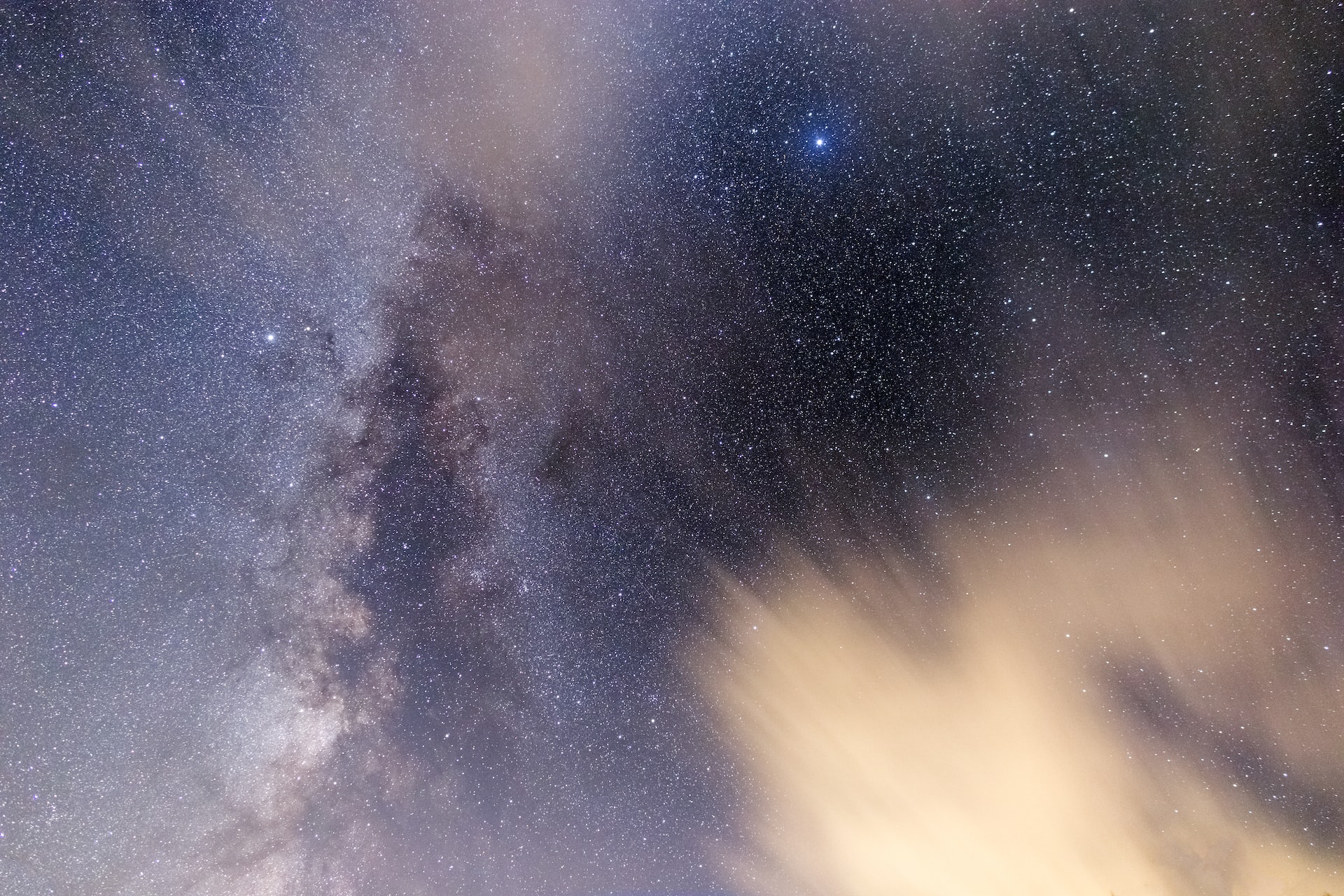The Future of Space Exploration: How Space Debris is Impacting Our Plans and What We’re Doing About It

Space exploration has come a long way since the early days of human spaceflight. With the increasing frequency of launches, space debris has become a growing concern for the future of space exploration. Space debris refers to any object in orbit around the Earth that is no longer in use or required. The accumulation of space debris poses a risk to satellites and astronauts, as it can collide with operational spacecraft and potentially cause serious damage.
Impact of Space Debris on the Future of Space Exploration
As the number of objects in space continues to increase, the risk of collision between spacecraft and space debris also increases. According to NASA, there are over 500,000 pieces of space debris larger than marble in orbit around the Earth. The vast majority of these objects are small, but even small pieces of debris can cause serious damage to spacecraft. For example, the impact of a 10 cm piece of space debris on a spacecraft traveling at a velocity of 28,000 km/h can have the same energy as a hand grenade.
The risk of collision with space debris is a major concern for the future of space exploration. Spacecraft such as the International Space Station (ISS) and other satellites are at risk of collision with space debris, which can impact their ability to carry out their missions. Furthermore, the risk of collision with space debris also impacts the safety of astronauts. In 2007, a Chinese anti-satellite missile test created 3,000 pieces of space debris, increasing the risk of collision for the ISS and other spacecraft.
Efforts to Address Space Debris
To address the growing problem of space debris, a number of initiatives are underway. The first is the development of new technologies to track and monitor space debris. This includes the use of radar and optical systems to track the movement of objects in space, as well as the use of computer simulations to predict the risk of collision. These efforts are helping to increase our understanding of the extent of the space debris problem and are providing important information for developing strategies to address it.
Another important initiative is the development of new technologies for cleaning up space debris. For example, SpaceX has developed a number of reusable rockets that are capable of returning to Earth and landing safely. These reusable rockets reduce the amount of space debris generated by launches and are a key component of the company’s efforts to address the space debris problem.
In addition to these efforts, international organizations such as the United Nations Office for Outer Space Affairs (UNOOSA) are working to develop international guidelines for reducing the amount of space debris generated by launches and other activities. For example, UNOOSA is working to promote the responsible disposal of old satellites and other space debris and to encourage the development of new technologies that can be used to remove space debris from orbit.
Conclusion
Space debris is a growing concern for the future of space exploration. The accumulation of space debris poses a risk to satellites and astronauts, and the risk of collision is increasing as the number of objects in space continues to grow. However, there are a number of initiatives underway to address the problem of space debris.
These efforts include the development of new technologies for tracking and monitoring space debris, the development of new technologies for cleaning up space debris, and the development of international guidelines for reducing the amount of space debris generated by launches and other activities. By working together, we can ensure a safe and sustainable future for space exploration.





